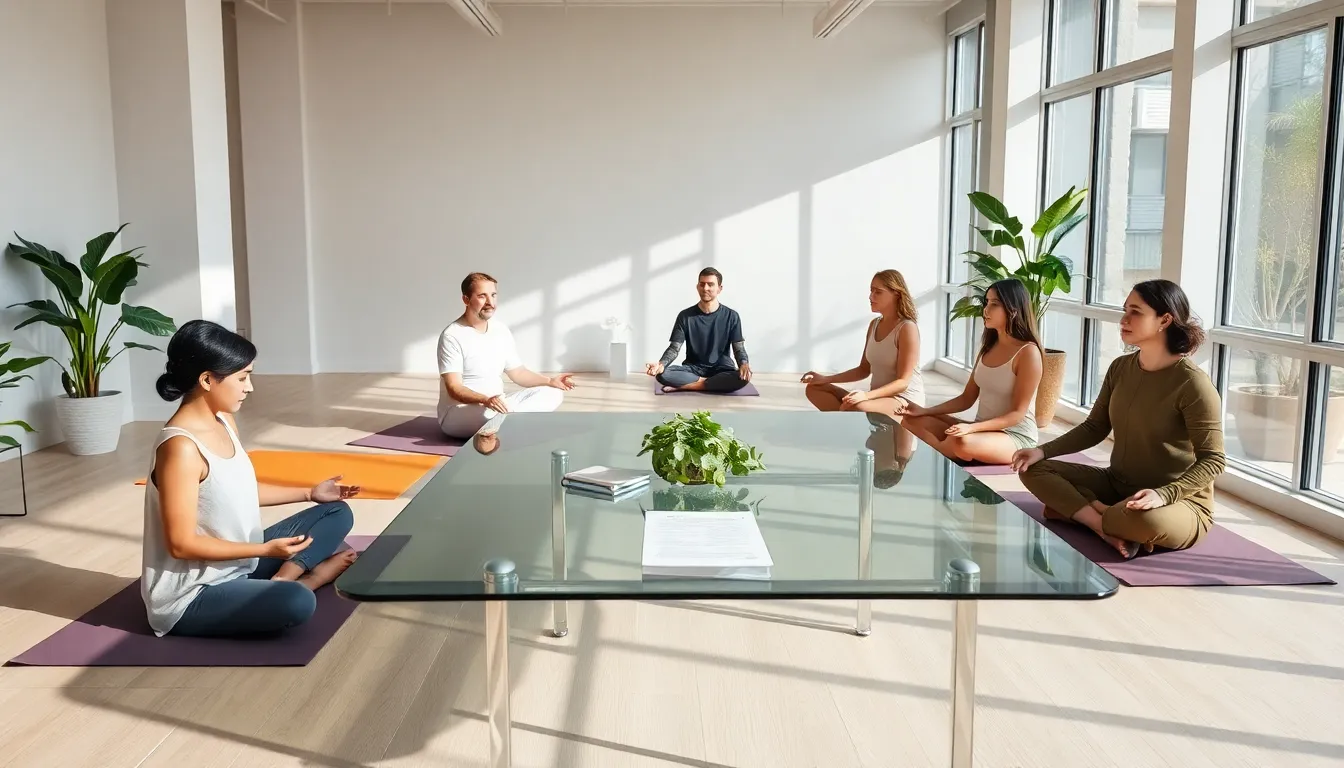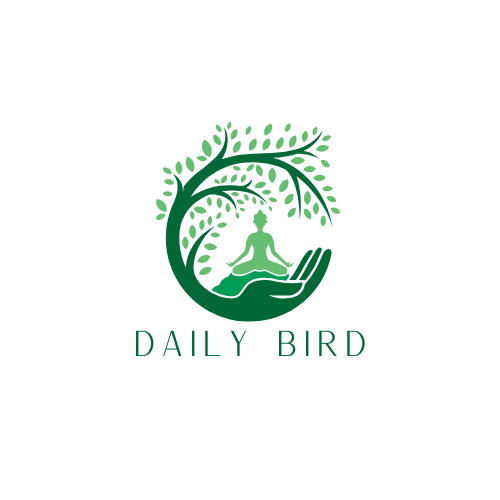In our fast-paced world, adulting often feels like juggling flaming swords, chaotic and stressful. Enter mindfulness, the calming antidote to that whirlwind of responsibility. Mindfulness activities for adults are like a mental reset button, offering a pathway to tranquility amidst the daily grind. Imagine sipping coffee without scrolling through social media or enjoying a sunset without rushing to capture it for Instagram. In this text, we’ll explore engaging mindfulness practices that enhance well-being, boost creativity, and eventually support a balanced life. Let’s jump into the art of being present.
Table of Contents
ToggleUnderstanding Mindfulness

Mindfulness is the practice of being fully present in the moment, engaging with thoughts and feelings without judgment. It encourages individuals to focus their attention on the now rather than dwelling on past regrets or future anxieties. At its core, mindfulness is about awareness, of oneself, surroundings, and the ebb and flow of thoughts.
Mindfulness often stems from ancient practices rooted in Buddhism, yet it has found a modern twist, appealing to a broad audience seeking to enhance their emotional health. Embracing mindfulness involves various techniques, such as meditation, deep breathing, and mindful movement. These activities are designed to cultivate a deeper connection between the mind and body, eventually leading to a more balanced and fulfilling life.
Benefits of Mindfulness Activities
Engaging in mindfulness activities presents an array of benefits that resonate with many adults. Firstly, they can significantly reduce stress levels. In today’s hectic lifestyle, stress seems to lurk around every corner. Through mindfulness, individuals cultivate an inner calm, allowing them to navigate challenges with a clear head.
Also, mindfulness can boost emotional well-being. By fostering self-awareness, individuals learn to recognize and understand their emotions better, leading to improved relationships and communication. Research highlights that regular mindfulness practice can even enhance focus and concentration, making tasks feel less tedious and more manageable.
Also, these activities can encourage better physical health. Mindfulness practices often promote a healthier lifestyle, which may include better dietary choices and increased physical activity. In essence, integrating mindfulness into daily routines serves both mental and physical health.
Popular Mindfulness Activities
There’s a rich tapestry of mindfulness activities designed for adults looking to integrate this practice into their lives. Here are some popular options:
Mindful Meditation
Often considered the backbone of mindfulness practices, meditation encourages individuals to sit in silence and observe their thoughts without judgment. Starting with just a few minutes a day, one can gradually build up to longer sessions.
Yoga
Yoga intertwines physical movement with mindfulness principles, promoting both bodily awareness and mental clarity. The focus on breathwork and holding poses allows practitioners to connect with their bodies while calming their minds.
Nature Walks
Exploring the great outdoors provides an ideal setting for mindfulness. Nature walks encourage individuals to engage their senses, savoring the scents, sounds, and sights, while fostering a sense of gratitude for the natural world.
Journaling
Writing can serve as a powerful mindfulness tool. Expressing thoughts on paper allows individuals to process emotions and reflect on daily experiences, eventually encouraging self-discovery.
Mindful Eating
Taking the time to truly savor each bite turns eating into a meditative activity. Slow down, appreciate the flavors, and feel the texture of foods: this not only enhances enjoyment but also supports healthier eating habits.
Creating Your Mindfulness Practice
Crafting a personal mindfulness practice can transform daily life into something extraordinary. Here are some simple steps to get started:
Start Small
Begin by incorporating short, manageable mindfulness activities into daily routines. Just five minutes of meditation or a stretch can create a positive ripple effect throughout the day.
Set a Schedule
Consistency is key. Designate specific times for mindfulness practices, whether it’s morning meditation or evening yoga. This regularity helps to solidify the habit.
Personalize Your Practice
Explore different activities and find what resonates most. Whether it’s mindful walking or journaling, personal preference plays a significant role in sustaining mindfulness.
Create a Comfortable Space
Designate a specific area for mindfulness activities. A quiet, comfortable spot can enhance the experience, making it more inviting to practice.
Reflect Progress
Periodically assess what works and what doesn’t. Mindfulness is a personal journey, so adapting practices based on experiences ensures continued growth.
Mindfulness Resources and Tools
In the age of information, resources abound for those eager to explore mindfulness. Here are some tools and aids to enhance one’s practice:
Mobile Apps
Applications like Headspace or Calm provide guided meditations, mindfulness reminders, and tailored practices. They cater to various levels and preferences, making mindfulness more accessible.
Online Courses
Many platforms offer courses specifically designed to teach mindfulness techniques. Consider exploring sites like Udemy or Coursera for structured learning.
Books
A wealth of literature exists on mindfulness. Titles like “The Miracle of Mindfulness” by Thich Nhat Hanh and “Wherever You Go, There You Are” by Jon Kabat-Zinn are excellent reads for inspiration and depth.
Local Workshops
Consider attending mindfulness or meditation workshops in the community. Engaging with others fosters support and can reignite motivation.





